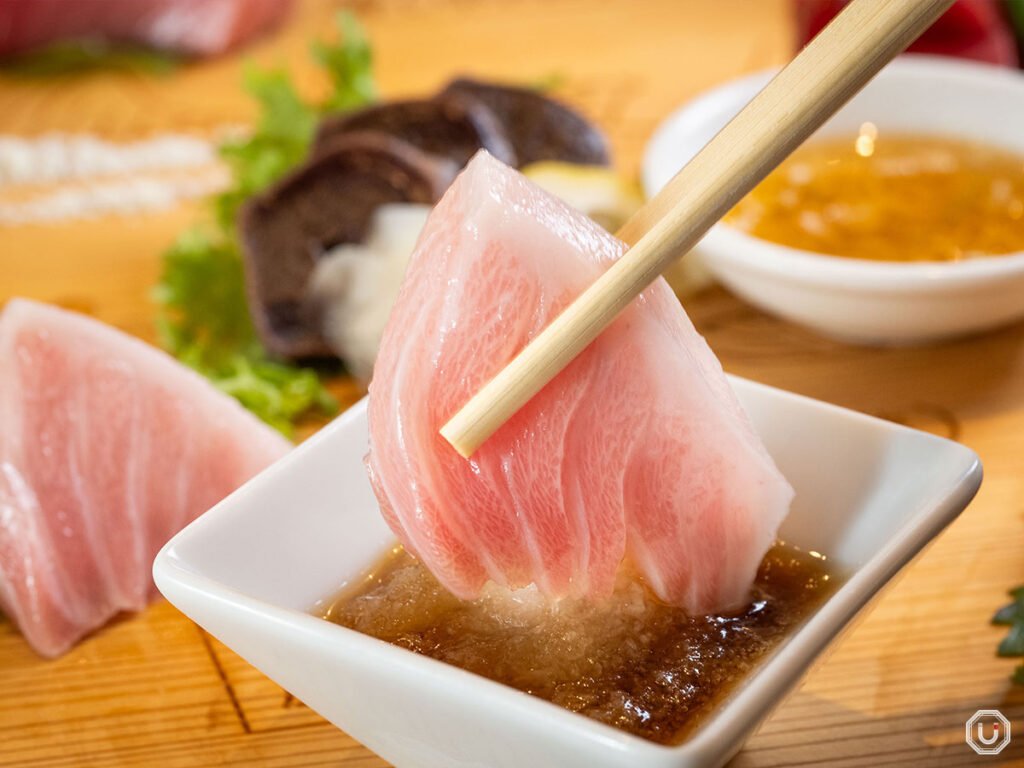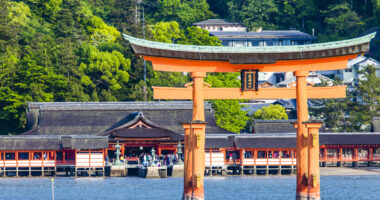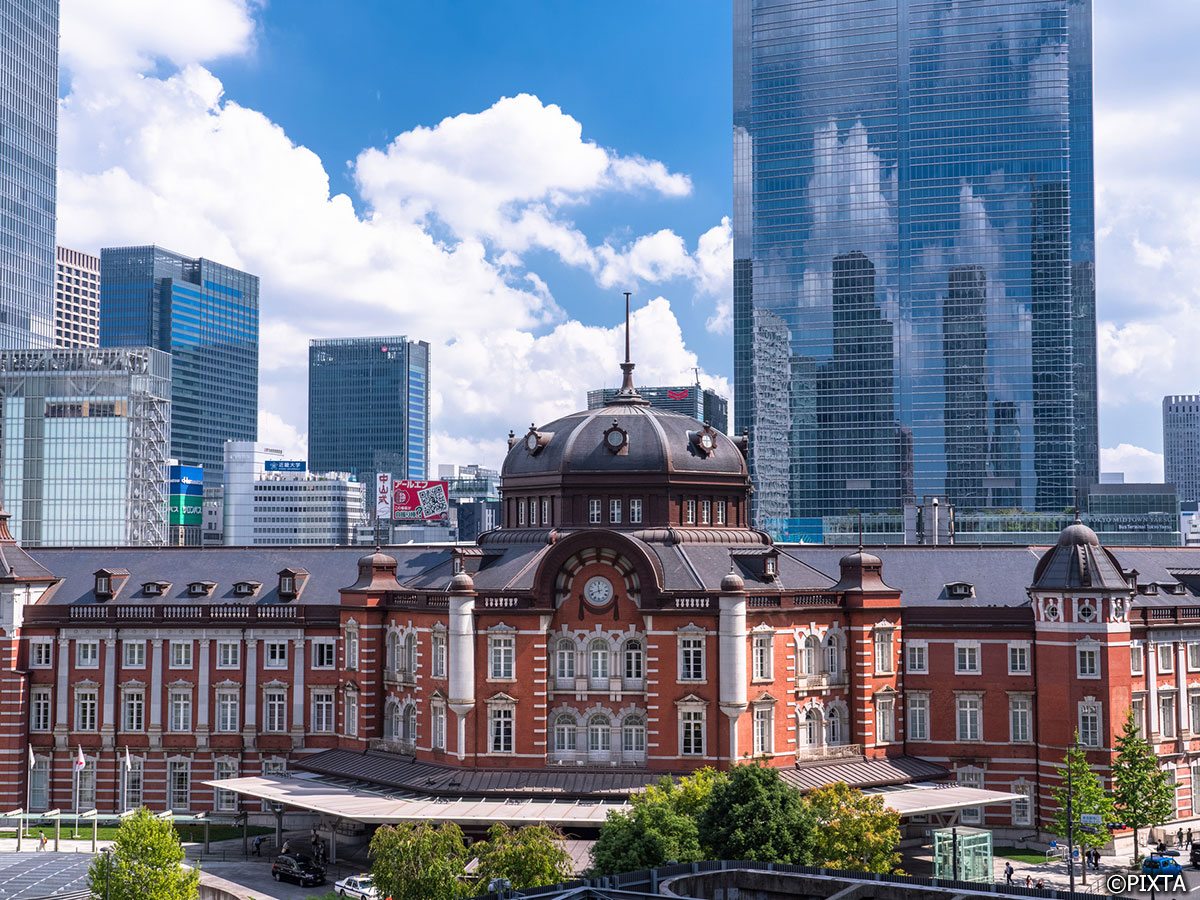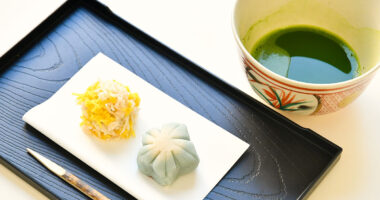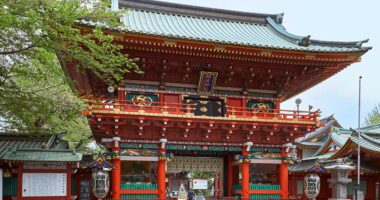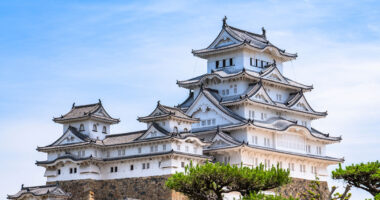For visitors to Japan, washoku (Japanese cuisine) is a highlight of the journey. Leveraging fresh, seasonal ingredients, washoku has evolved into diverse dishes. Recognized as a UNESCO Intangible Cultural Heritage in 2013, it’s globally celebrated for its delicate flavors, elegant presentation, and varied techniques.
For deeper insights into the cultural significance and must-try dishes, see our article, “Traditional Japanese Foods: Explore Japan’s Culinary Culture and History.”
This article categorizes Japan’s iconic dishes, exploring their histories and unique characteristics.
Main categories and iconic Japanese dishes
Washoku is divided into categories based on preparation and ingredients. Below is a table of key categories and their representative dishes.
| Category | Representative Dishes | Main Features |
|---|---|---|
| Rice Dishes | Onigiri (rice balls), donburi (rice bowls), curry rice | Meals centered on Japan’s staple rice |
| Noodle Dishes | Soba, udon, ramen | Noodles from wheat or buckwheat flour |
| Fried Dishes | Tempura, karaage (fried chicken) | Ingredients coated in flour and fried |
| Hot Pot Dishes | Sukiyaki, shabu-shabu | Communal dishes cooked in a single pot |
| Simmered Dishes | Nikujaga (simmered beef and potatoes) | Home-style dishes slowly simmered |
| Soups | Miso soup, osuimono (clear dashi-based soup) | Warm soups highlighting dashi umami |
| Grilled Dishes | Grilled fish, pork ginger stir-fry | Simple methods to enhance natural flavors |
| Raw Fish Dishes | Sushi, sashimi | Fresh seafood, Japan’s signature cuisine |
| Pickles | Takuan (pickled radish), umeboshi (pickled Japanese plum), cabbage pickles | Fermented or salted vegetable side dishes |
| Flour-Based Dishes | Okonomiyaki, takoyaki | Regional dishes using wheat flour |
These categories showcase washoku’s diversity, each steeped in history, unique techniques, and regional variations. Let’s explore them in detail.
Distinctive elements of Japanese cuisine
Washoku’s hallmark is preserving ingredients’ natural flavors. Using seasonal produce, it highlights peak-season deliciousness, with meticulous attention to dishware and presentation for aesthetic harmony.
Rice and noodle dishes’ allure
Rice and noodles form washoku’s foundation, deeply embedded in daily life. Let’s start with rice dishes.
Versatile rice dishes: Onigiri and donburi
Onigiri rice balls, wrapped in nori or filled with ingredients, is a simple yet inventive dish. With dozens of filling varieties, it’s a convenient, popular meal available at convenience stores.
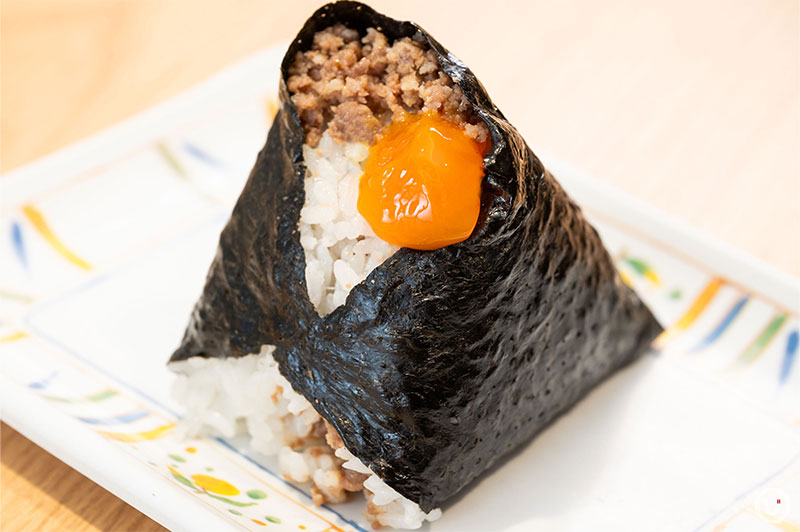
“Egg Yolk & Ground Meat” onigiri at Togoshi-ya in Shibuya
Donburi rice bowls, originating in the Edo period (1603–1868), includes katsudon (katsu-topped rice bowls), gyūdon (beef-topped rice bowls), and oyakodon (chicken and egg-topped rice bowls). This practical style combines rice and toppings in one bowl, beloved across Japan.
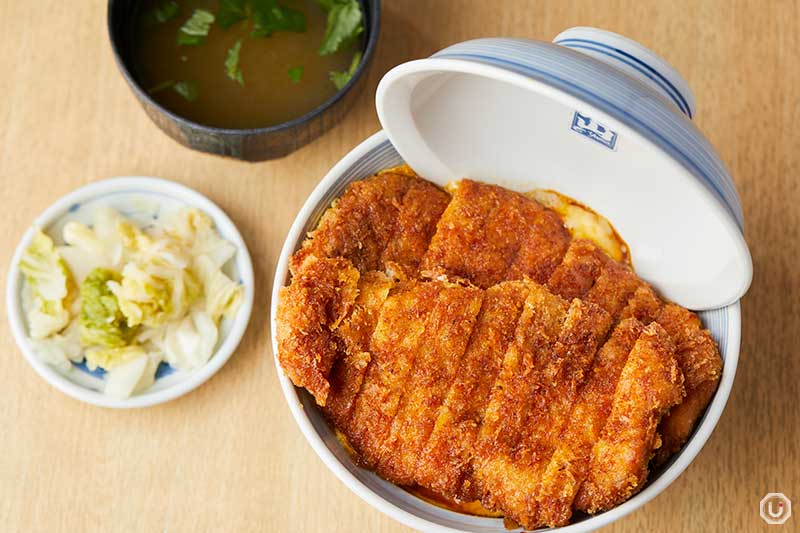
Katsudon at Ebiyama in Shibuya
Japanese noodle dishes: Soba, udon, ramen
Soba, introduced from China in the Kamakura period (1185–1333), took its modern form in the Edo period. These aromatic buckwheat noodles are enjoyed hot or cold as zaru soba. Udon, dating to the Nara period (710–794), varies regionally, like Sanuki or Inaniwa udon.
Ramen, from China in the Meiji era (1868–1912), evolved uniquely in Japan. With soy sauce, miso, salt, or tonkotsu broths, it’s now a global icon of Japanese cuisine.
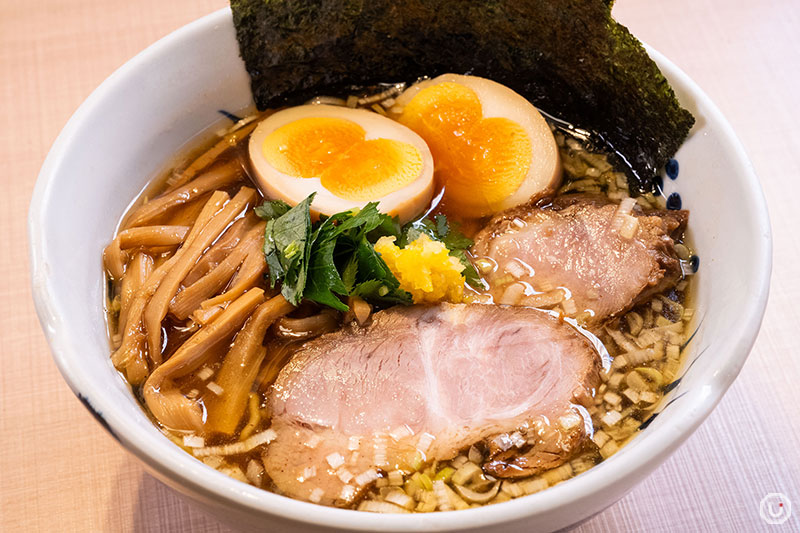
Deluxe Ramen (Shoyu) at Yoroiya in Asakusa
Fried and grilled dishes’ techniques and history
Fried dishes require advanced techniques, while grilled dishes emphasize natural flavors, both central to washoku’s heritage.
Tempura’s history and craft
Tempura, a 16th-century Portuguese import, evolved uniquely in Japan. A thin flour batter and quick frying balance ingredients’ flavors with a crisp texture. Shrimp, fish, and vegetables, presented seasonally, define its appeal.
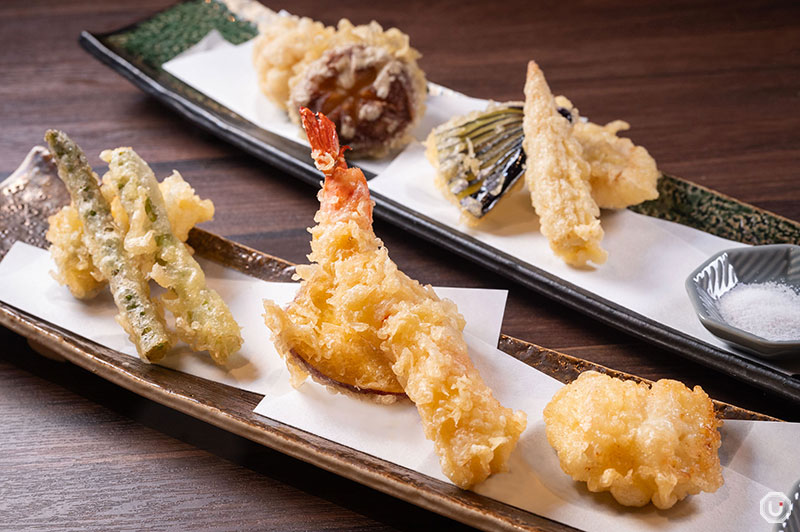
5-Kinds of Tempura Platter at Sushi and Robata Sushiyama Shinjuku
Karaage’s appeal
Karaage, fried chicken coated in flour or starch, is a home-cooking staple. Its crisp exterior and juicy interior, flavored with soy sauce, make it a crowd-pleaser.
Grilled dishes’ diversity
Grilled fish, a washoku mainstay, maximizes natural umami through simple techniques. Methods like salt-grilling, teriyaki, or Saikyo miso-marinating vary by fish and season.
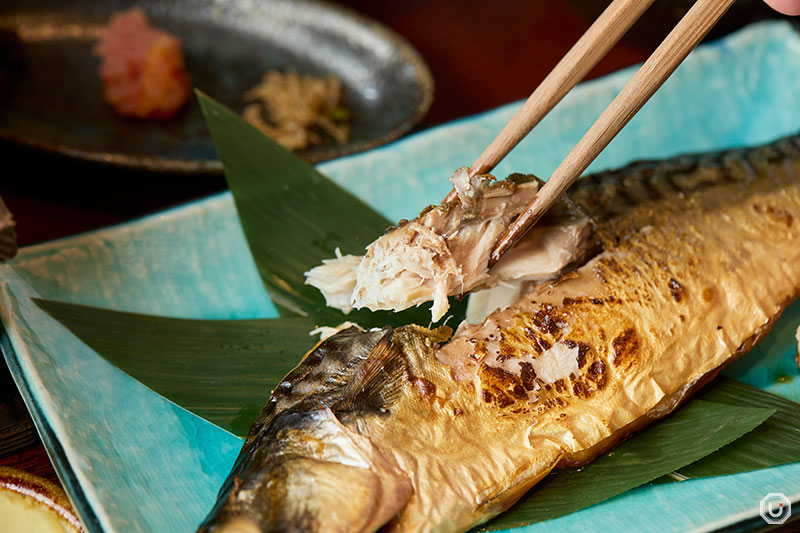
Grilled Salted Fish Gozen Set at Shuzen Honohomare in Shinjuku
Pork ginger stir-fry, a popular home dish, uses ginger to enhance pork’s umami, with a soy sauce, mirin, and sake sauce pairing perfectly with rice.
Hot pot and simmered dishes’ warmth
Hot pot and simmered dishes, staples of home cooking, blend multiple ingredients’ umami in a single dish.
Iconic hot pot dishes
Sukiyaki, developed in the Meiji era, features beef and vegetables simmered in sweet-savory sauce, often dipped in raw egg. Kanto-style uses a pre-mixed broth, while Kansai-style adds sugar and soy directly, often reserved for special occasions.
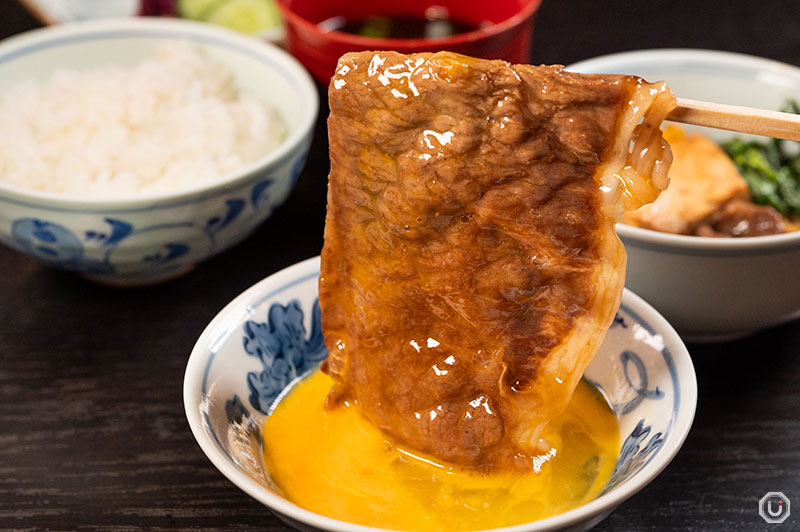
Kuroge Wagyu Sukiyaki Kaiseki at Kioichō Kichiza
Shabu-shabu, popularized in the Showa era (1926–1989), involves thinly sliced meat swished in konbu dashi, eaten with ponzu or sesame sauce, prized for its refined flavor.
Home-style simmered dishes
Nikujaga, a Meiji-era home-cooking classic, simmers beef, potatoes, and vegetables in a soy-based sauce. For many Japanese, its sweet-savory flavor evokes the comforting flavors of a mother’s kitchen. Kanto uses pork, Kansai beef, with regional variations.
Other simmered dishes like chikuzen-ni (braised chicken and vegetables), or simmered hijiki seaweed, and daikon radish offer gentle, seasonal flavors.
Raw fish dishes and soups’ refined techniques
Raw fish dishes demand precision and freshness, while soups, rooted in dashi culture, are washoku essentials.
Sushi and sashimi
Sushi, with its nigiri form born in the Edo period, combines vinegared rice and fresh seafood.Nigiri-zushi, often shortened to nigiri (a hand-formed oblong of vinegared rice with ingredients on top), maki-zushi or maki (sushi rolls), and oshi-zushi (Kansai-style pressed sushi) reflect varied histories and techniques, with sushi chefs’ skills globally revered.
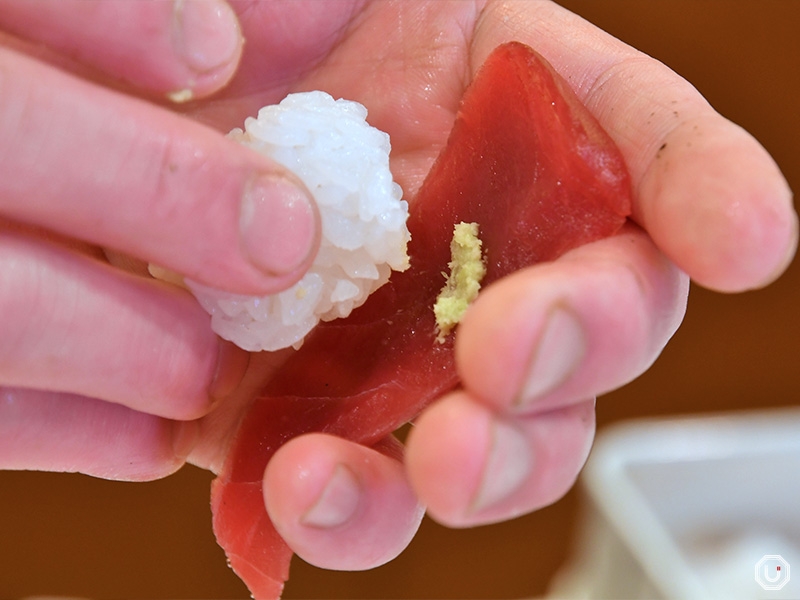
A sushi chef preparing sushi at Tsukiji Sushi Iwa in Tsukiji
Sashimi, thinly sliced raw seafood, relies on freshness and knife work, enhanced by wasabi and soy sauce for pure flavor.
Dashi-driven soups
Miso soup, dating to the Nara period, blends kombu or katsuobushi (dried bonito shavings) dashi with miso. Ingredients like tofu, wakame (a type of seaweed), or negi (green onions) vary regionally, anchoring meals following the traditional format of ichiju sansai (one soup, three side dishes) with distinct miso flavors.
Other soups, like sumashijiru (a clear, lightly-seasoned soup made with dashi) or kenchin-jiru (a hearty vegetable soup in a clear soy-seasoned broth), showcase dashi’s delicate umami.
Flour-based dishes and regional cuisines
Japan’s regional cuisines, especially Kansai’s flour-based dishes, reflect local ingredients and traditions.
Kansai’s flour-based dishes
Okonomiyaki, a Kansai specialty from Osaka, mixes cabbage and ingredients into a flour batter, grilled on a teppan. Kansai-style blends ingredients, while Hiroshima-style layers them, topped with sauce, mayonnaise, nori, and katsuobushi.
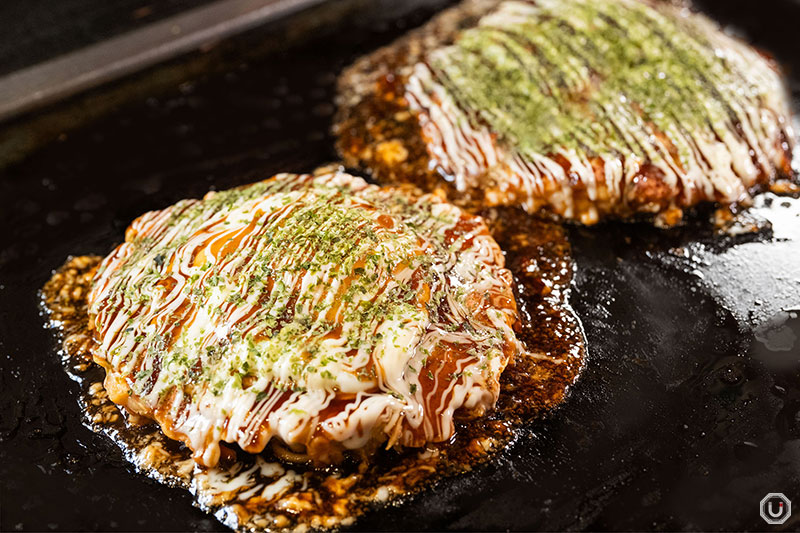
Okonomiyaki at Teppan Daikichi in Asakusa
Takoyaki, also Osaka-born, is a ball-shaped, crisp-yet-soft dish filled with grilled octopus, cooked in special molds, popular at stalls and shops.
Regional specialties
Regional hot pots like Ishikari-nabe (fresh salmon and vegetables in miso broth), motsunabe (hot pot using beef or pork offal), and kiritanpo-nabe (featuring grilled rice stick “kiritanpo” simmered with chicken) highlight local ingredients. These reflect regional climates, cultures, and histories, making them must-try travel dishes.
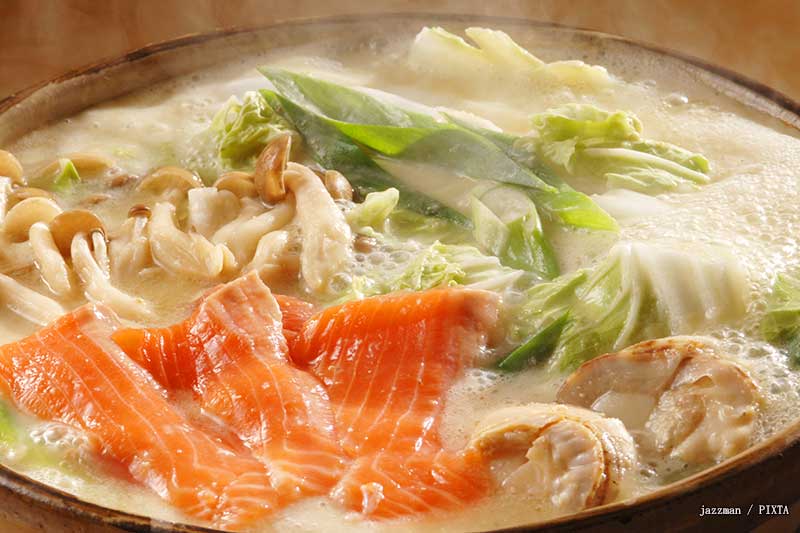
Ishikari-nabe (photo for illustrative purposes)
Pickling traditions, like Kyoto’s senmaizuke (made with thin slices of turnip) or Tohoku’s gakko (smoked pickles, most famously of daikon radish), showcase regional preservation techniques.
Conclusion
Japanese cuisine, shaped by centuries of techniques and seasonal ingredients, forms a rich food culture. From rice and noodle dishes to fried, simmered, and raw fish creations, each carries unique allure.
These iconic dishes are more than meals—they express Japanese heart and culture. Visitors are encouraged to savor washoku’s depth and beauty, exploring regional specialties.
Blending tradition with innovation, Japan’s food culture will continue to evolve, inspiring awe and delight.
